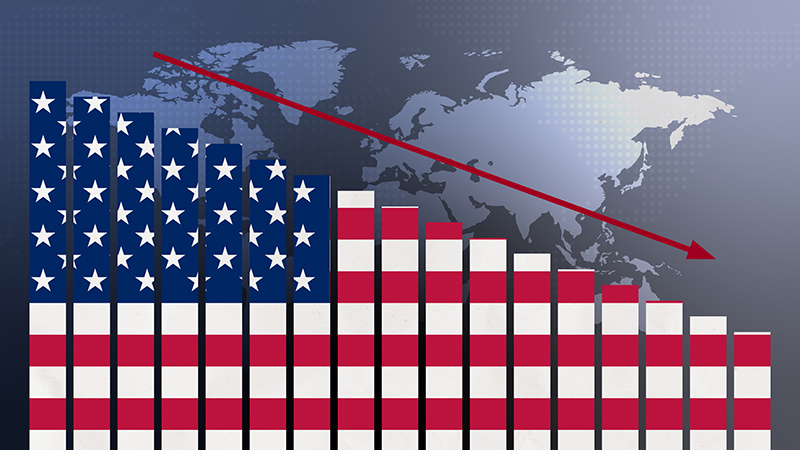Monday 19 August
– BHP Group final results
Shares in BHP Group have had a good run over the past year, buoyed by a special dividend and share buyback programme, firm iron ore prices and a weaker pound, said AJ Bell investment director Russ Mould.
He said the first thing analysts will look at is estimates for the mining company’s production growth in the 2019-20 financial year, then total revenue, underlying operating profit and net profit.
“July’s full-year production update contained no further surprises after April’s cut to iron ore output forecasts, thanks to disruption caused by Tropical Cyclone Veronica in Australia’s Pilbara region,” he added.
– EU CPI
Tuesday 20 August
– CBI Industrial Trends Survey
July’s survey showed UK manufacturing business optimism fell at the fastest pace since the global financial crisis with optimism among manufacturers at the lowest level since 2010. Ongoing Brexit uncertainty and a slowdown in both domestic and overseas markets is unlikely to change this sentiment.
Canaccord Genuity Wealth Management investment manager Dan Smith said: “Further disappointment in this week’s survey will add more evidence to the slowdown in UK economic growth and increase the likelihood of the economy falling into recession within the next year.”
– Persimmon interim results
Mould said Persimmon’s shares have been buffeted by concerns over the post-Brexit UK economy and whether the housing market is due a correction. There have also been the lingering concerns by shareholders over executive pay and customer complaints over build quality.
He said: “To reassure house-buyers and shareholders Persimmon has elected to slow down sales to improve customer satisfaction. This could be seen in the first-half trading update of early July, when Persimmon revealed the following key metrics: a 7% drop in legal completions to just under 7,600; almost flat average selling prices at around £217,000; and a group operating margin for the first half that would come in at pretty much the same as the 30.8% figure achieved for the whole of 2018, excluding exceptional items.”
Wednesday 21 August
– US crude oil inventories
– US existing home sales
Despite a drop of 100 basis points in mortgage rates over the last year, housing activity in the US has remained subdued due to a shortage of properties for sale, changes in tax codes and declining affordability, said Smith.
He added seasonality is likely to see activity remaining subdued. As home ownership is the most common form of wealth creation, further weakness in housing activity runs the risk of disrupting US consumption, which makes up around 65% of US GDP.
– UK public sector net borrowing
Thursday 22 August
– Preliminary German manufacturing PMI
German manufacturing is often seen as a bellwether of global economic activity and the business cycle but confidence among businesses has dropped to the lowest level since 2012.
Smith said this week’s reading is unlikely to show any meaningful improvement in business confidence due to the ongoing US-China trade tensions and the broader slowdown in global growth.
Added to its decline in Q2 GDP, further drops in confidence this week increase the risk of the German economy falling into recession in the third quarter of this year, he added.
– German GDP
– US initial jobless claims
Friday 23 August
– European economic sentiment indicators: German Ifo and Belgian Courbe Synthétique
Mould said: “The Sentix economic and investor sentiment indices continue to slide lower and the next indicators of European confidence will come from Germany, in the shape of the Ifo survey, and Belgium, with the National Bank’s Courbe Synthétique.
“The good news is that the Sentix indices are still higher than they were when outgoing European Central Bank President Mario Draghi promised to do “whatever it takes” to defend the euro and the eurozone economic bloc in summer 2012. The bad is news is that these indicators are now back at the lowest levels since October 2014 and January 2015, just before the ECB’s launch of quantitative easing in March 2015.”










